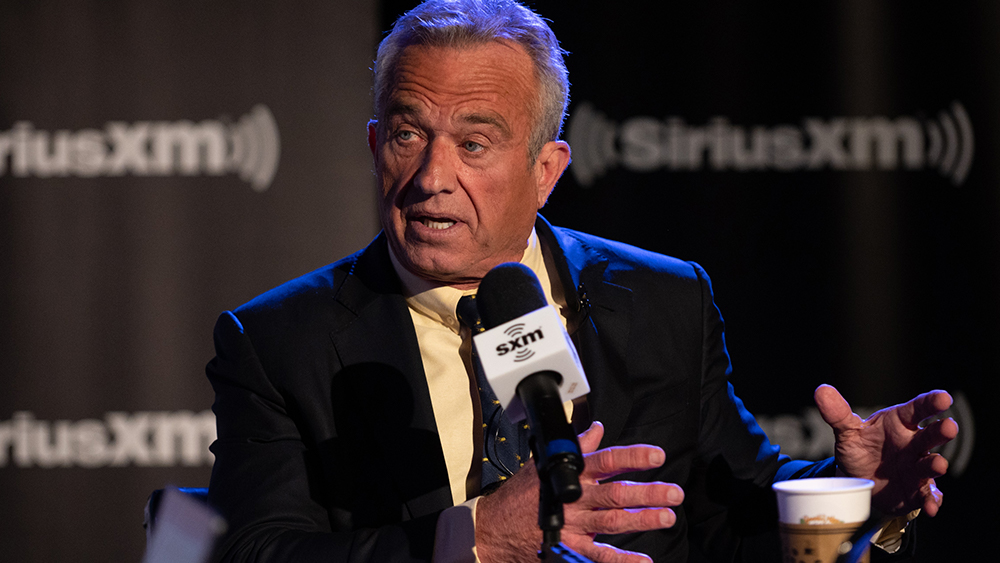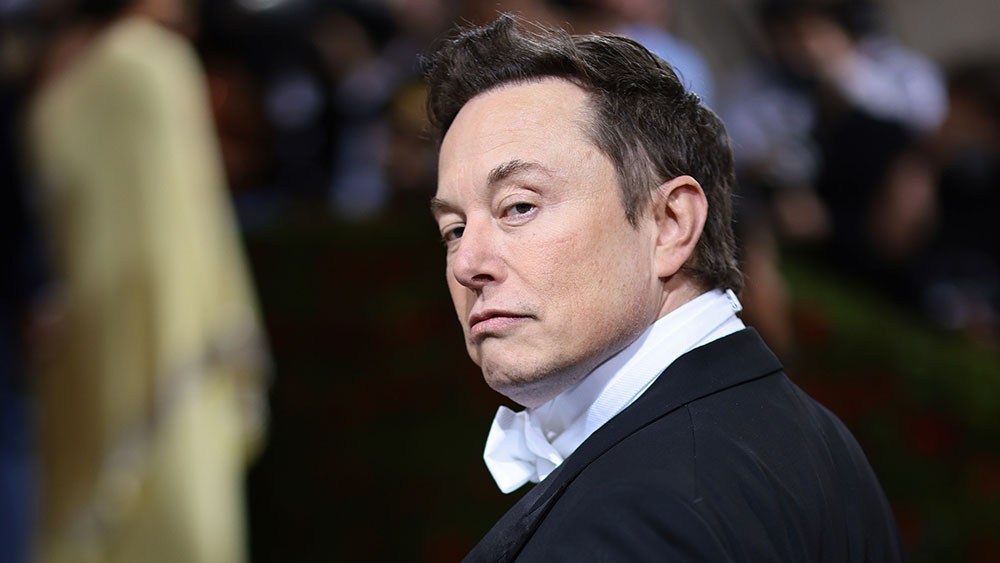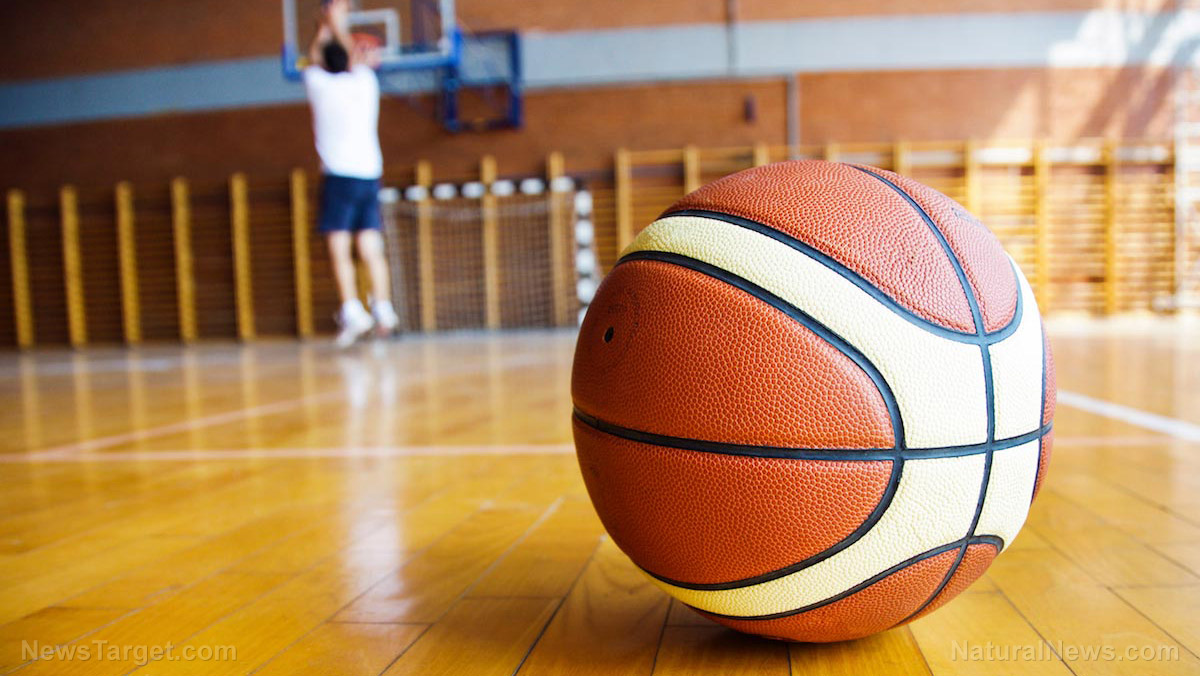
Sports doping is when an athlete takes an illegal substance to enhance their performance. This may include stimulants, narcotics, hormones, blood transfusions, or steroids. When seven-time Tour De France cyclist champion Lance Armstrong confessed to doping from 1998 and 2005, he was immediately stripped of his titles. As the case was brought to light, it was discovered that Armstrong wasn’t the only one cheating over the years. In fact, he is part of a crooked culture of cheating athletes who use illegal substances to drug themselves to perceived victories.
The newest study, “Doping in Two Elite Athletics Competitions Assesses by Randomized-Response Surveys” asked 2,167 athletes whether they had engaged in doping to enhance their performance. The athletes came from the International Association of Athletics Federations (IAAF) 2011 World Championships of South Korea and the 2011 Pan-Arab Games of Qatar.
Using a “randomized response method,” the survey ensured that athletes wouldn’t face consequences for their honest answers. The survey was able to get a more honest look at the rate of doping among all-pro world athletes. Of the IAAF athletes, the study found that 30 percent participated in doping. Astonishingly, biological tests only detect doping agents .5 percent of the time among IAAF athletes. Of the athletes who participated in the Pan-Arab games, biological tests were positive for doping agents 3.6 percent of the time, but a staggering 45 percent of the surveyed athletes admitted to doping.
This means that the biological screening methods are failing most of the time. They are a total joke, failing to detect drug abuse in the world’s most envied athletes. This failure could be a deliberate loop hole designed to permit a culture of drug-induced performance enhancement. Alternately, the tests could be genuinely defunct and incapable of keeping up with doping and concealment methods practiced by influential, cunning athletes.
The substances that these tests fail to detect are only biologically detectable for a certain period of time. Most doping tests are administered before, during or after major sporting events, but more often than not, they cannot detect doping agents that were used in the weeks leading up to the event.
"Overall, this study suggests that biological tests of blood and urine greatly underestimate the true prevalence of doping," states Harrison G. Pope, Jr, M.D., MPH, and director of the Biological Psychiatry Laboratory at McLean Hospital in Belmont, Massachusetts. "As we note in the paper, this is probably due to the fact that athletes have found various ways to beat the tests."
Other testing methods include tracking an athlete’s medical data over time. This long term documentation can show inconsistencies in blood and urine tests that reveal the possibility that doping agents were involved. This “biological passport” method of detection has a higher detection rate for doping, of approximately 14 percent.
"The study brings opportunities for a constructive debate regarding new strategies for combating doping. The randomized response method is a good way to make informed statements about the actual spread of doping," says second study author Professor Rolf Ulrich from the University of Tübingen in Tübingen, Germany.
Their research endured many procedures and required the diligence of lawyer George Sandberger. Before the survey was made public in the journal, Sports Medicine, a publications agreement was reached between the World Anti-Doping Agency and the IAAF, two institutions under heavy scrutiny with the release of this research.
Much more must be done to stop the culture of drug abuse among athletes striving to win competitions.
Sources include:
Please contact us for more information.























